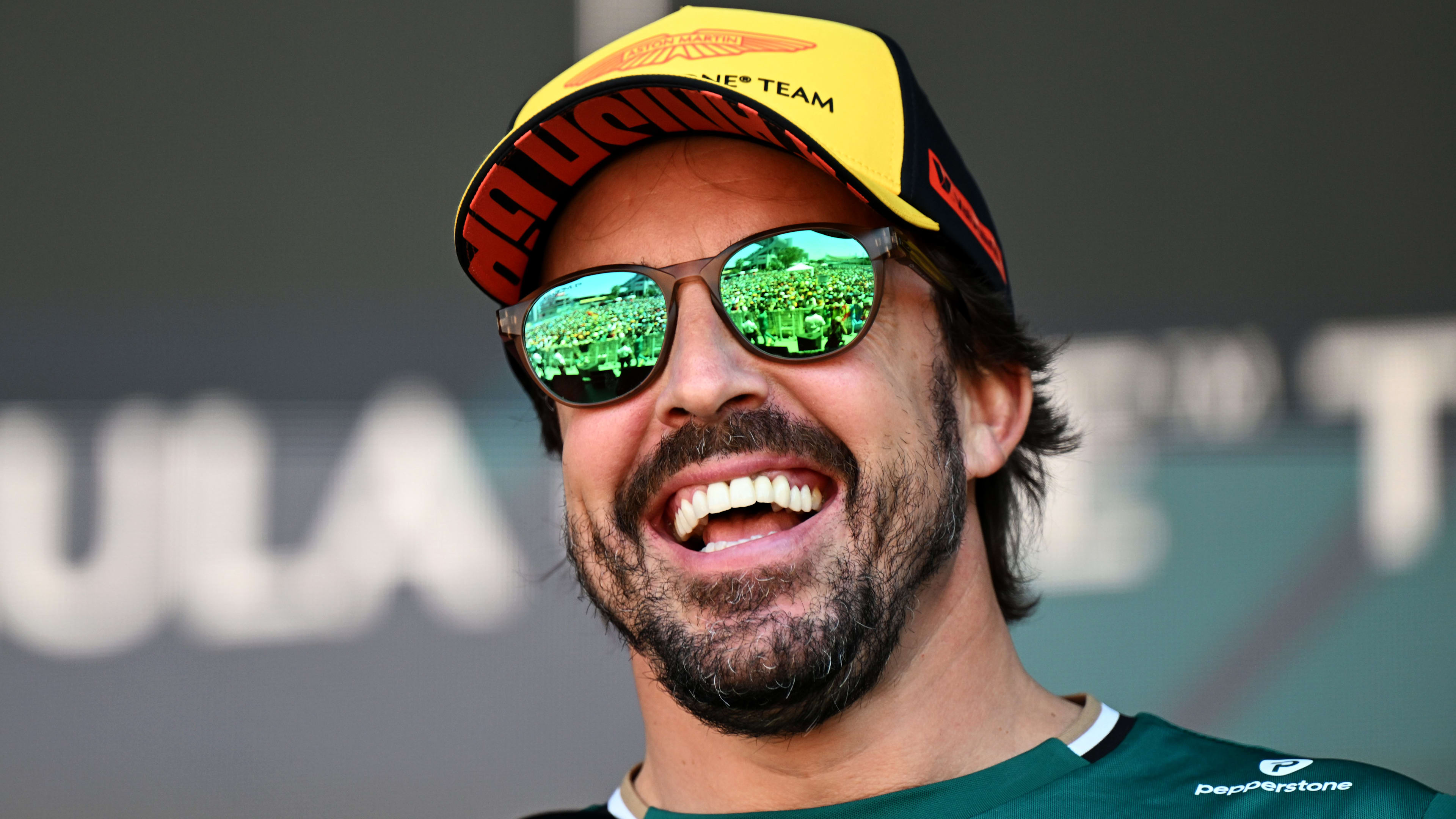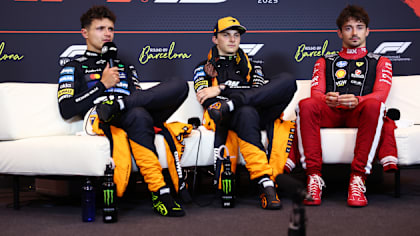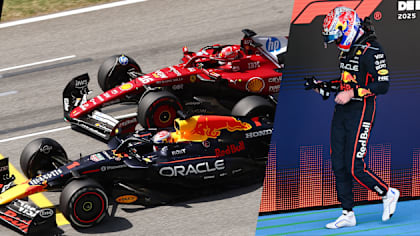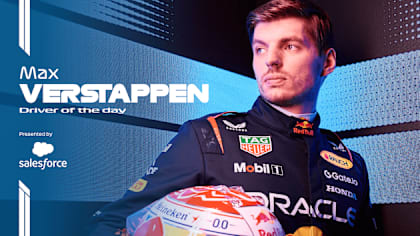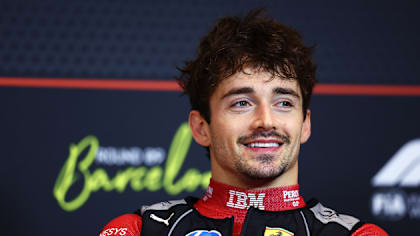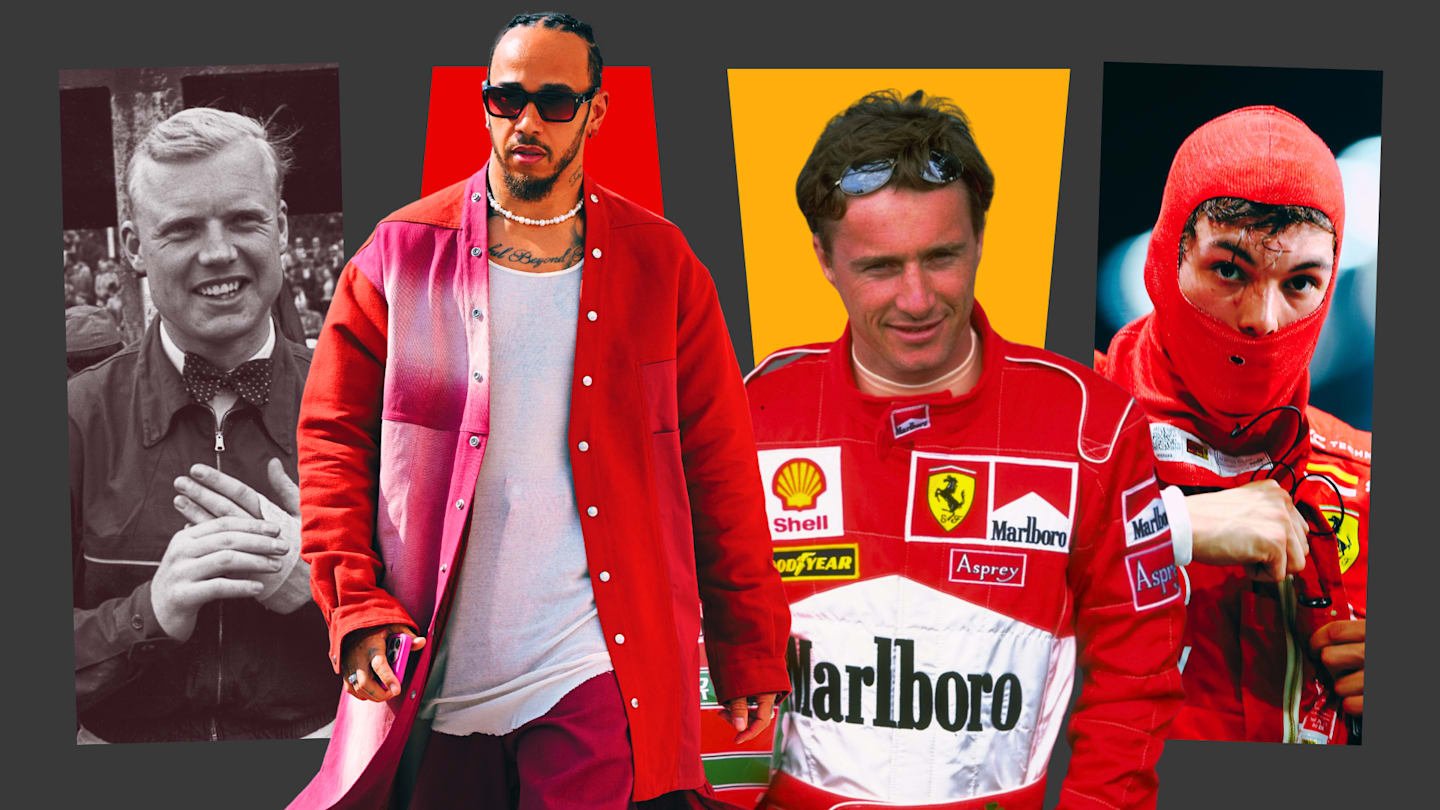
Feature
From world champions to super-subs – How Ferrari’s other British drivers fared as Hamilton makes his move

Share

When the 2025 season gets under way, Lewis Hamilton will add his name to the exclusive list of British drivers who have raced for Ferrari over the years. But how did his predecessors fare? From champions of the world to Grand Prix winners and one-off substitutes, we look back at their respective records…
Mike Hawthorn – 1953-1955, 1957-1958
First up is Mike Hawthorn, who signed with Ferrari for the 1953 season after an eye-catching 1952 that included a breakthrough F2 win at Goodwood and a podium finish in only his second Grand Prix – all while wearing a bow tie that would become his trademark.
READ MORE: F1 Hall of Fame – 1958 world champion Mike Hawthorn
Hawthorn’s first stint at the Scuderia yielded two Grand Prix victories, with another spell towards the end of the decade bringing one more triumph and the 1958 title. Tragically, Britain’s first F1 champion was killed aged 29 in a road accident shortly after securing that crown.
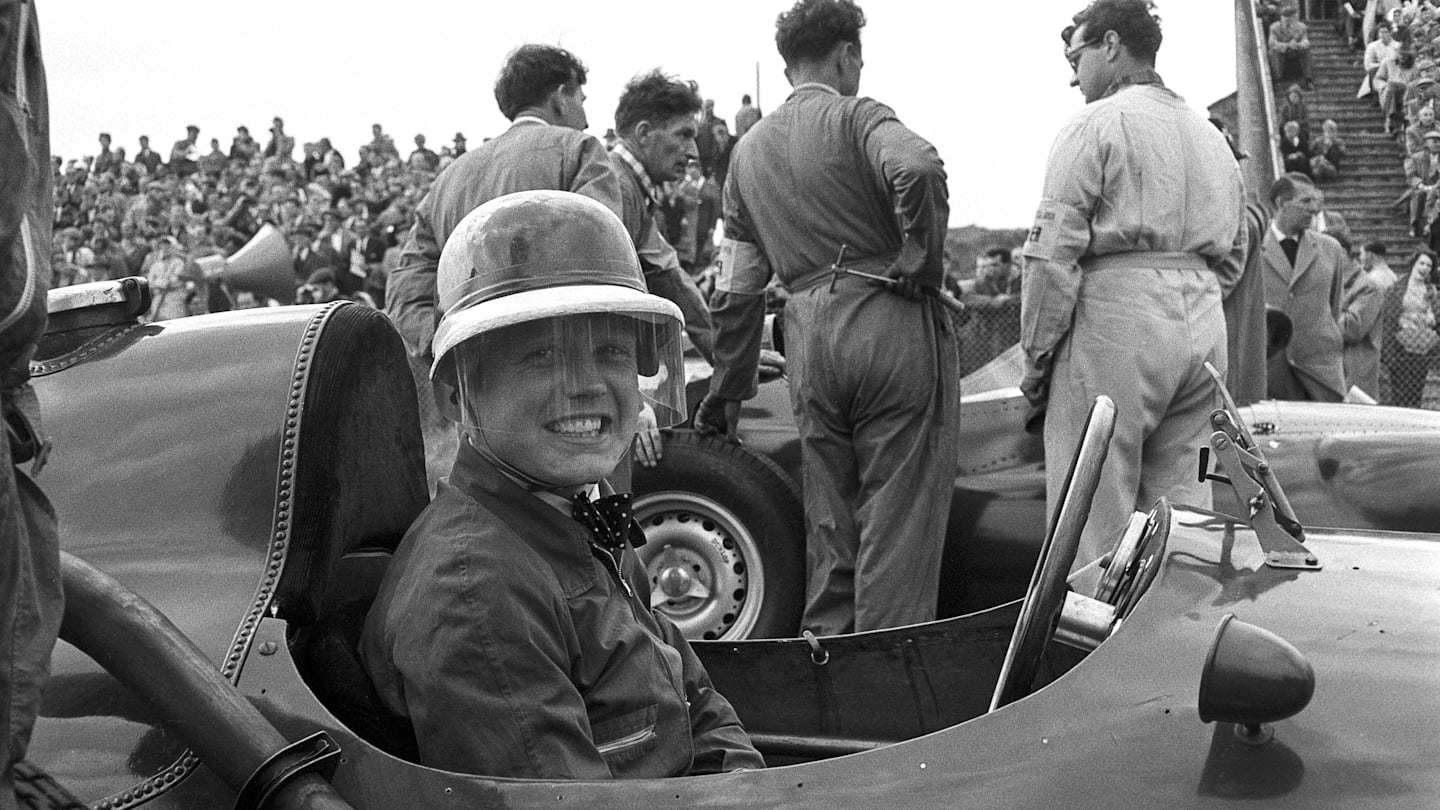
Hawthorn won three Grands Prix and a championship title while racing for Ferrari
Peter Collins – 1956-1958
Peter Collins was one of Hawthorn’s team mates during the 1957 and 1958 campaigns, having joined Ferrari’s F1 line-up for 1956 – which led to his first podiums, race wins and a P3 classification in the drivers’ standings – after several part-time F1 seasons.
He earned more rostrum results through 1957 before taking a third victory at the 1958 British Grand Prix. It would sadly be his last, with the 26-year-old losing his life following a violent crash at the Nurburgring when challenging Vanwall rival Tony Brooks.
READ MORE: From Fangio to Hamilton – Who are the oldest world champions in the history of Formula 1?
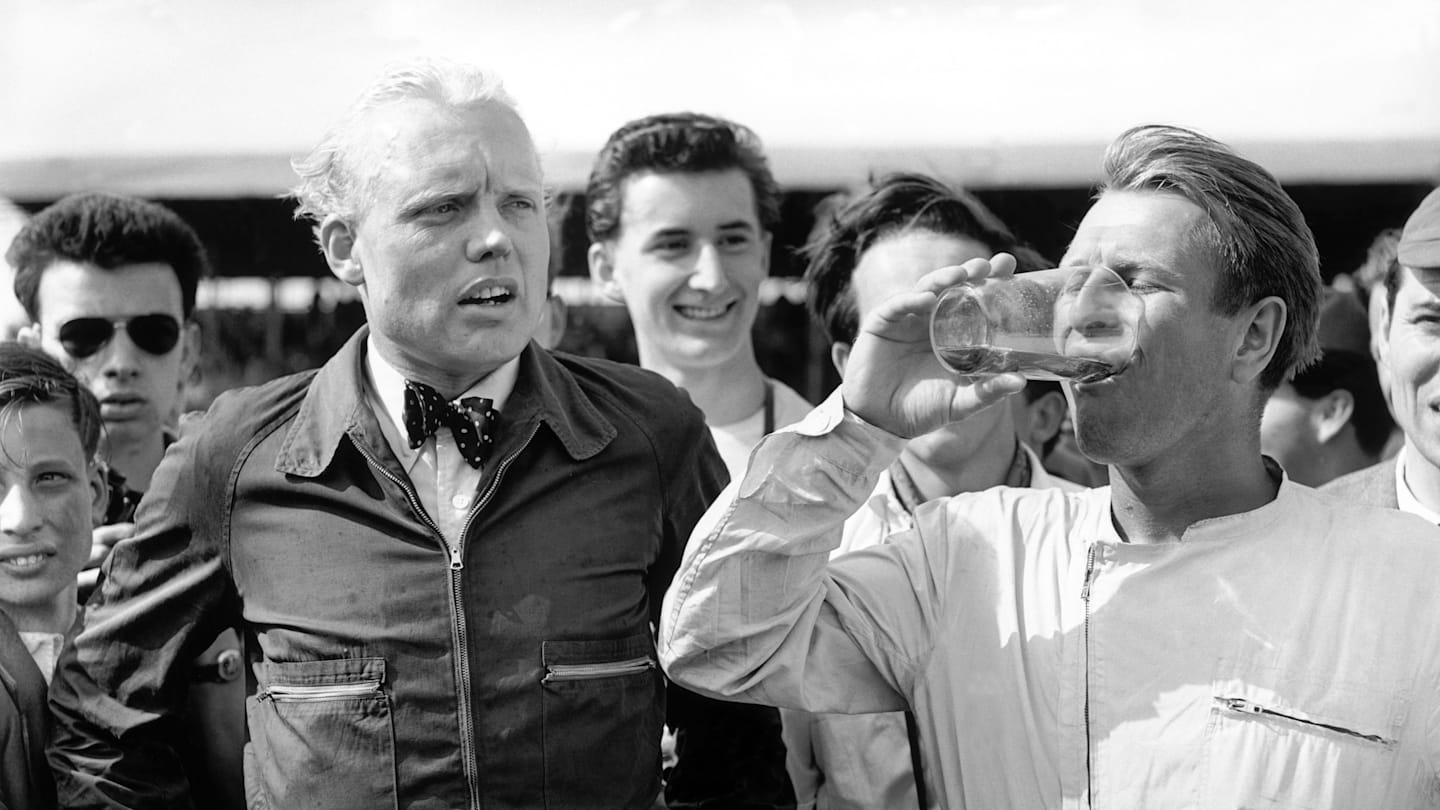
Collins was one of Hawthorn’s team mates in a bittersweet 1958 season for Ferrari
Tony Brooks – 1959
Under the cloud of Hawthorn and Collins’s recent deaths, Brooks was the next British racer to experience success with Ferrari, the ‘Racing Dentist’ – having studied the family’s profession – spending one season in red in 1959 and almost coming away as champion.
Winning that year’s French and German Grands Prix, Brooks entered the Sebring finale vying with Stirling Moss and Jack Brabham for the crown, which was ultimately taken by the latter despite his car running out of fuel on the last lap and being pushed over the finish line.
BEYOND THE GRID: Fifties hero Tony Brooks on racing Fangio and Moss in F1’s first decade
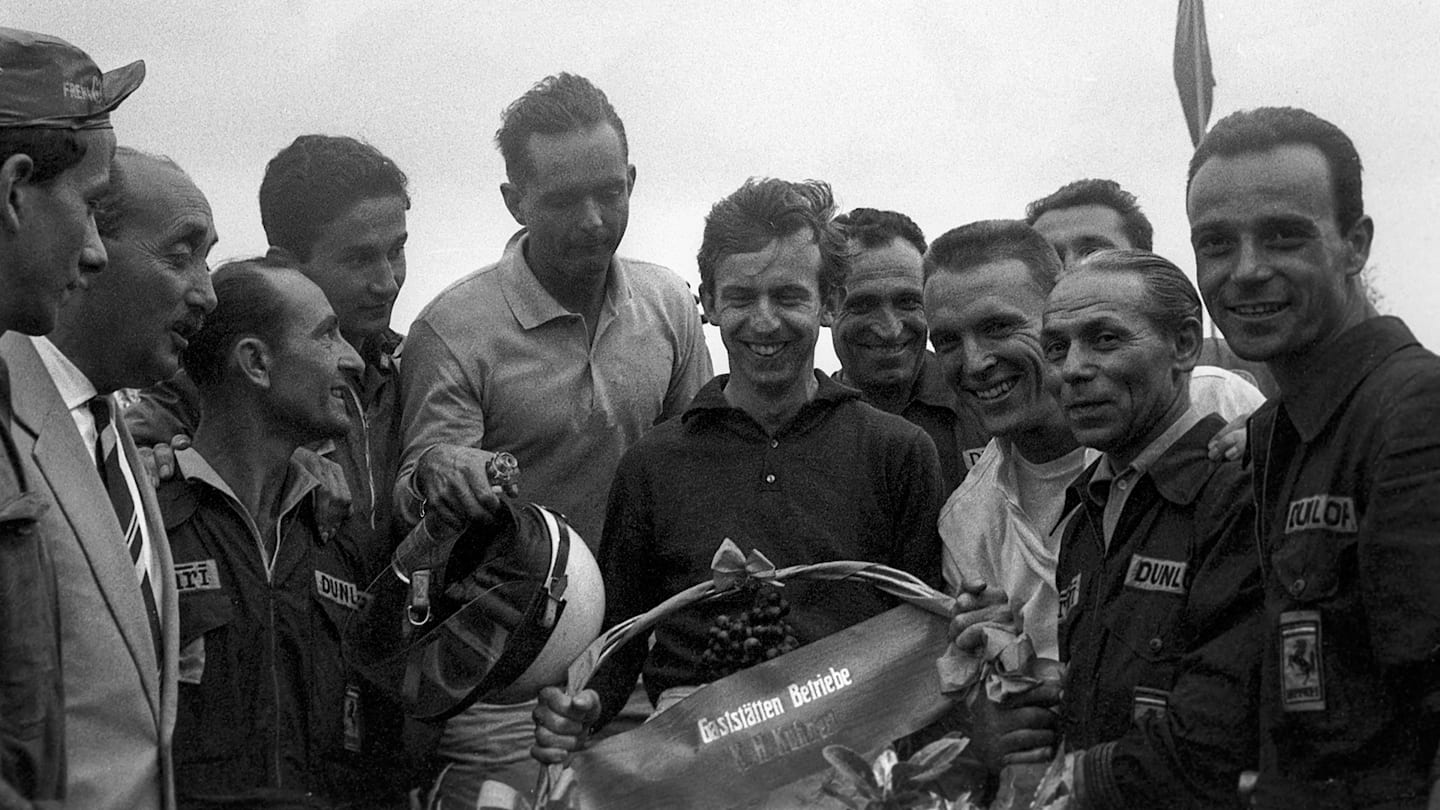
Brooks studied dentistry while working his way up the motorsport ladder
Cliff Allison – 1959-1960
Cliff Allison’s F1 career began in 1958, the Cumbrian scoring points with Lotus by finishing fourth at that year’s Belgian Grand Prix, before making the move to Ferrari for his second season, which featured a best result of fifth on the squad’s home soil at Monza.
Allison kicked off the 1960 campaign in style with a run to second behind Cooper’s Bruce McLaren in Argentina, only to crash heavily during the build-up to the next race on the streets of Monaco – multiple fractures and other injuries ruling him out for the rest of the year.
Tony Brooks: The 'racing dentist' remembered
John Surtees – 1963-1966
John Surtees started out on two wheels, the son of a south London bike dealer and grass track racer storming to seven Grand Prix motorcycle world championships from the mid-1950s to the early-1960s, four of which came in the premier 500cc class.
He boldly switched to four wheels in 1960, scoring a podium finish in his second Grand Prix and a pole position in his third, with drives at Lotus and Yeoman swiftly replaced by a seat at Ferrari, where he would land his first race wins and the 1964 title.
READ MORE: 10 of the most remarkable injury comebacks in F1 history
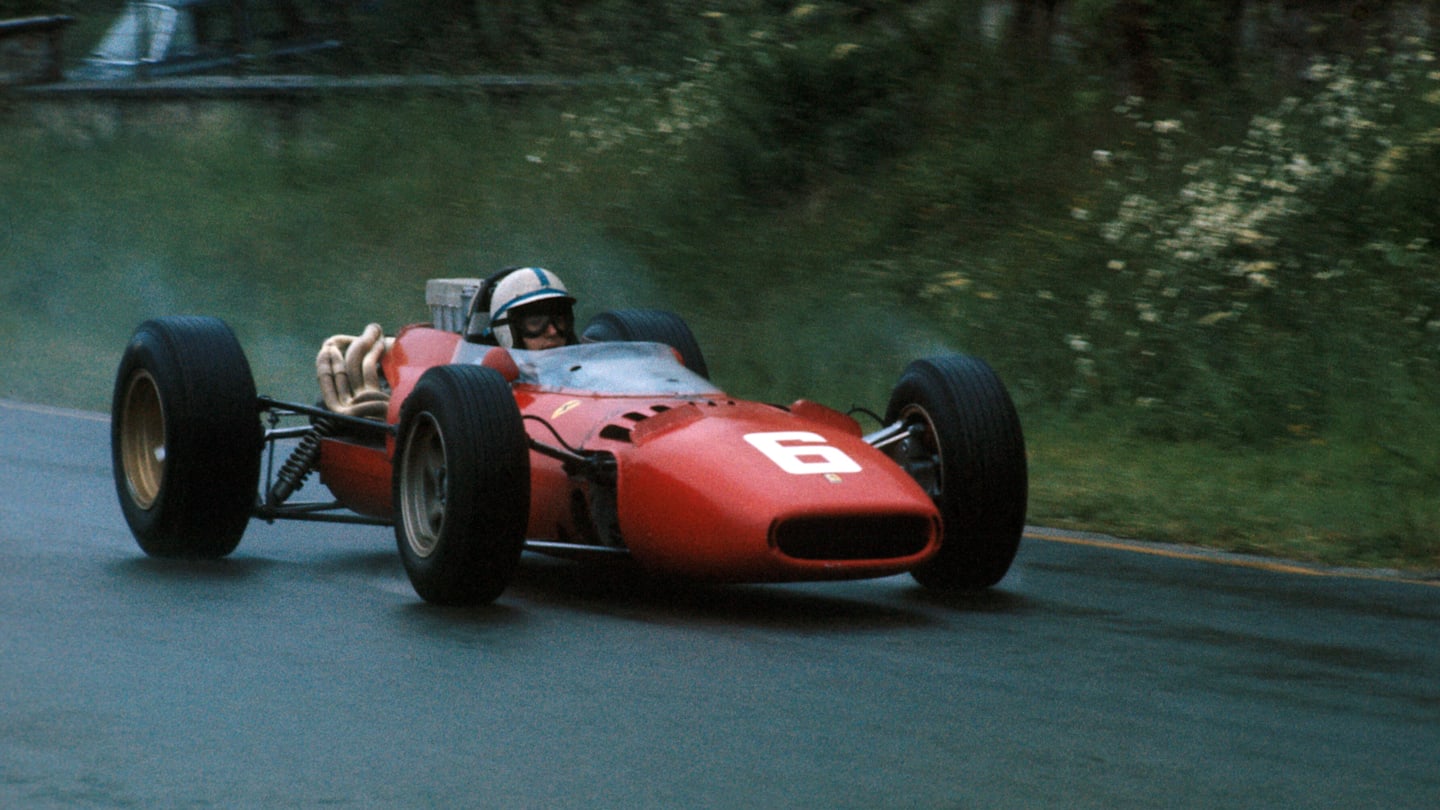
Surtees remains the only person to win world titles on both two and four wheels
Mike Parkes – 1966-1967
Having failed to qualify for the 1959 British Grand Prix in a David Fry entry, Mike Parkes made all six of his F1 outings with Ferrari, whom he also represented in sportscars – the first coming in early 1966 when, in place of the Cooper-bound Surtees, he took a fine second at Reims.
Parkes achieved another P2 result at Monza that year and logged a couple more points with a run to fifth in the Netherlands in 1967. He soon returned to the world of sportscars and raced into the 1970s, only to lose his life as a result of a road accident later in the decade.
The origins of Scuderia Ferrari
Jonathan Williams – 1967
Like Parkes, Cairo-born Jonathan Williams (thanks to his father being stationed in North Africa by the RAF) first raced for Ferrari in sportscars, but he briefly joined the F1 grid in 1967 – the year in which team leader Lorenzo Bandini succumbed to injuries sustained at the Monaco Grand Prix.
After racing to eighth in the Mexico finale, Williams was dropped by Ferrari as quickly as he had been promoted. Despite continuing in sportscars, helping to film the classic 1971 Le Mans movie, appearing in F2 and developing the De Tomaso F1 car for Frank Williams, he did not contest another Grand Prix.
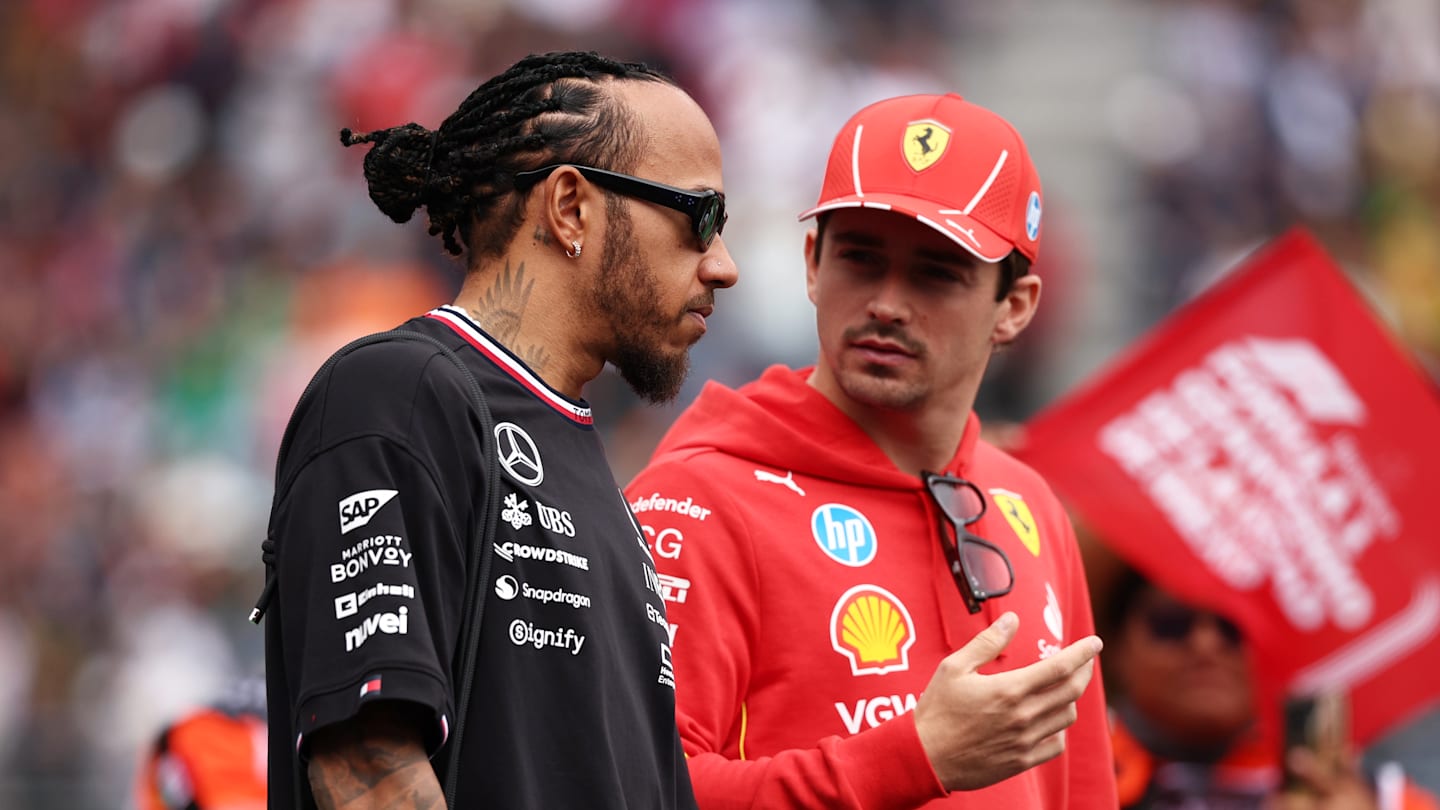
Hamilton will become only the 12th British driver to race for the works Ferrari team in F1
Derek Bell – 1968
Derek Bell boasts an ultra-successful career in motorsport, having won the 24 Hours of Le Mans five times, the 24 Hours of Daytona three times and the World Sportscar Championship twice – as well as playing his own part in the creation of the aforementioned Le Mans film that starred Steve McQueen.
Nestled amongst those sportscar highlights was an F1 career that spanned just nine starts, including two outings – and two retirements – at the wheel of a Ferrari in 1968 before sporadic races with McLaren, Surtees and Tecno, which yielded a sole points finish.
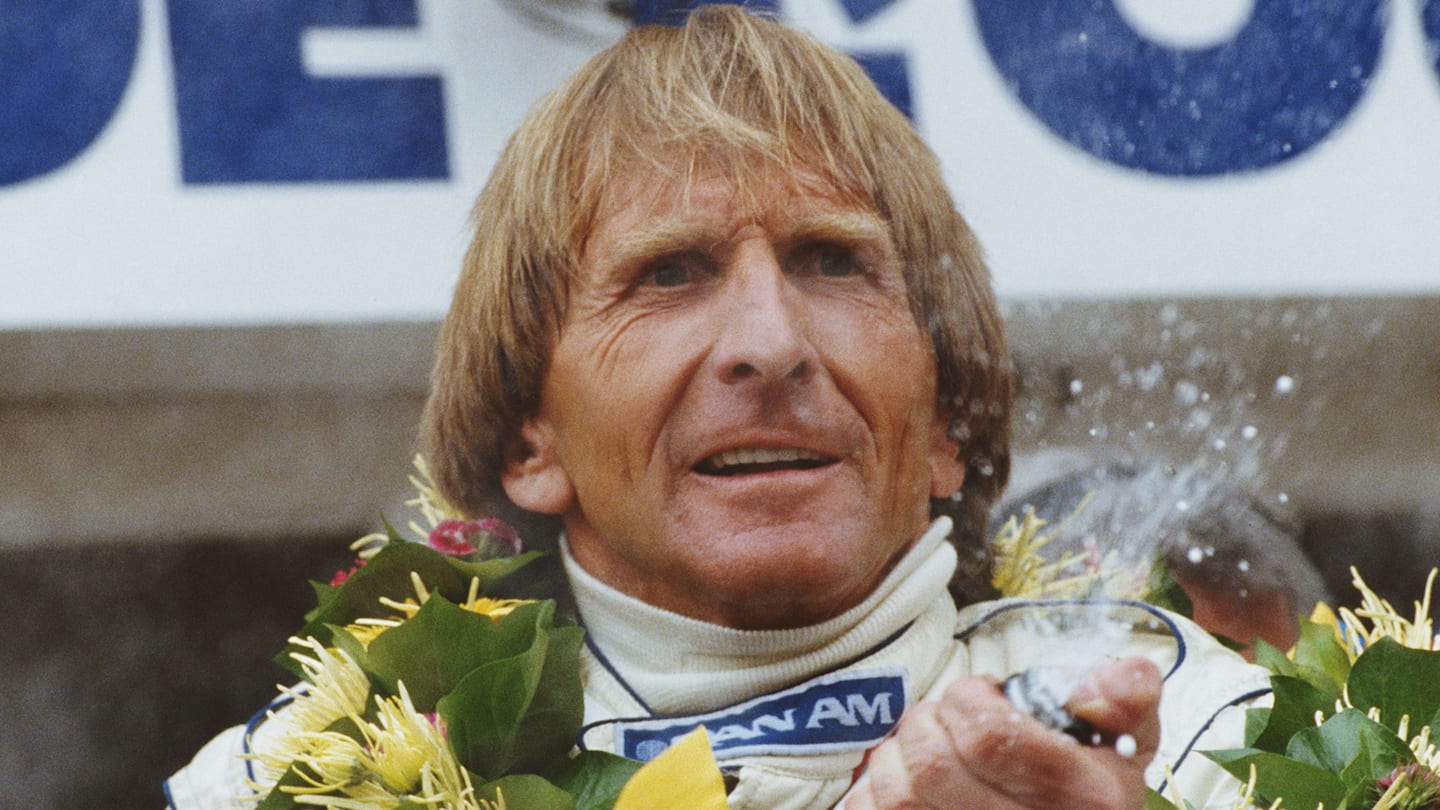
Bell added a few F1 appearances to his CV around significant success on the sportscar scene
Nigel Mansell – 1989-1990
Nigel Mansell was almost a decade into his F1 career when he signed with Ferrari for 1989, having initially stepped onto the podium at Lotus and then won his first races at Williams – the Worcestershire native falling just short of getting a maiden world championship over the line.
He hoped the move to Maranello would yield that elusive crown, but while their partnership started with a win, it did not develop into a championship challenge. After a tense second season alongside Alain Prost in 1990, Mansell returned to Williams and finally tasted title glory.
READ MORE: Prost vs Senna, Mansell vs Piquet and more – F1’s fiercest team mate rivalries
Top 10: Moments of Nigel Mansell Brilliance
Eddie Irvine – 1996-1999
With little over two F1 seasons behind him, having scored points and a maiden podium finish for Jordan, Eddie Irvine found himself driving alongside Michael Schumacher at Ferrari, who were rebuilding from the ground up in a bid to get back to title-contending ways.
Seen by many as the team’s ‘number two’ driver, Irvine moved to the fore in 1999 when Schumacher suffered a broken leg mid-season – taking all four of his F1 wins that year. Pipped to the drivers’ crown by Mika Hakkinen, he still contributed to Ferrari’s first constructors’ title since 1983.
1999 ORAL HISTORY: Part 1 – McLaren vs Ferrari, Hakkinen vs Schumacher, and drama at Silverstone
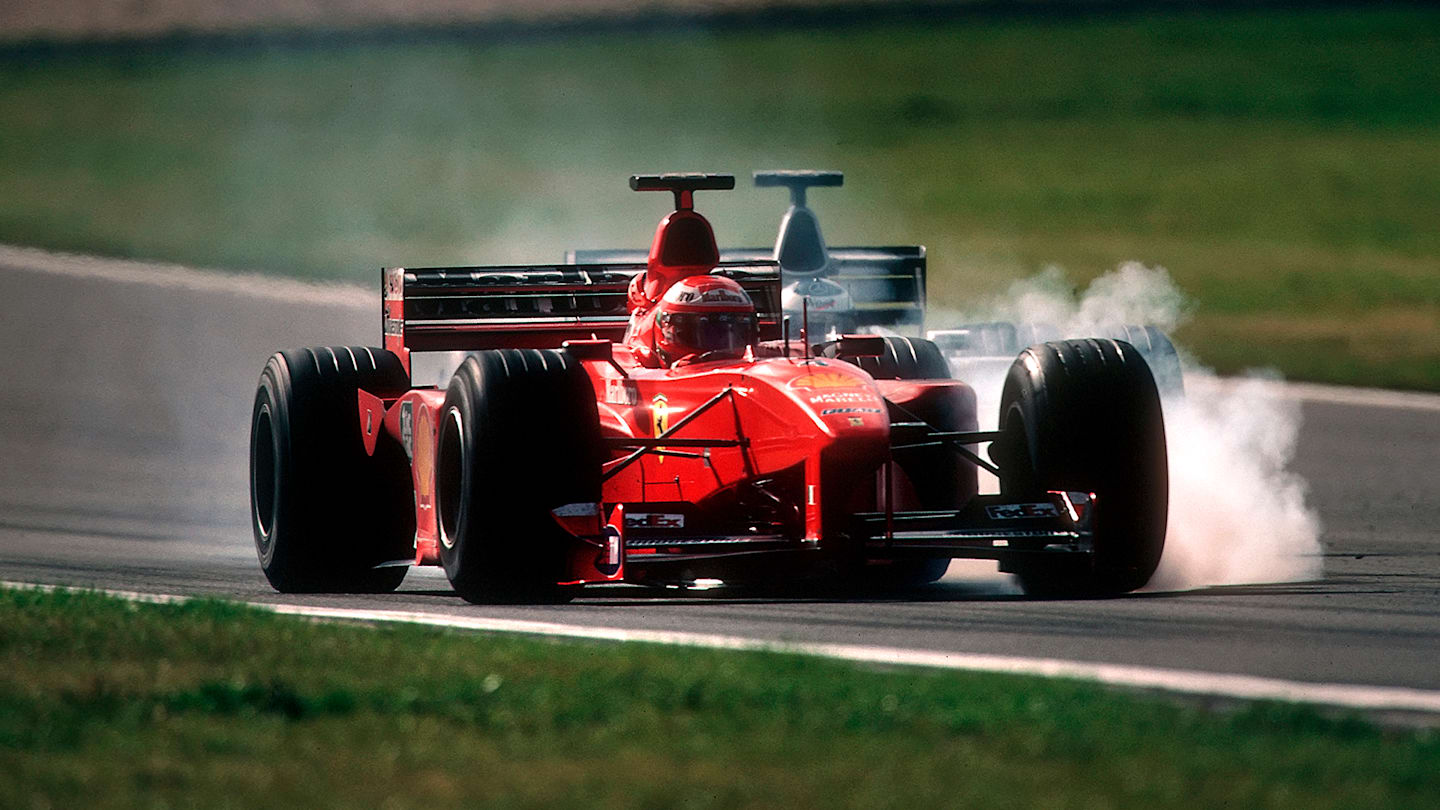
Irvine came agonisingly close to winning the 1999 title, which was claimed by McLaren rival Hakkinen
Oliver Bearman – 2024
A couple of months on from Hamilton’s announcement, Oliver Bearman became an unexpected addition to the list of British drivers to race for Ferrari, with the reserve being called up at the Saudi Arabian Grand Prix in place of Carlos Sainz, who was battling appendicitis.
Bearman, fresh from scoring pole in the F2 feeder series at the Jeddah Corniche Circuit, had just one practice session to find his feet before impressively knocking on the door of Q3 in qualifying and backing that up with a headline-making drive to the points.
INSIGHT: How Ferrari super-sub Bearman made his mark on and off the track in Saudi Arabia
2024 Saudi Arabian Grand Prix: F2 pole to F1 points for Oliver Bearman
DISCOVER MORE...
‘I just got crashed into!’ – Russell and Verstappen offer verdicts on dramatic collision in Spain
Horner and Wolff share their views on controversial Verstappen/Russell clash at end of Spanish GP
FACTS AND STATS: McLaren’s first Spanish 1-2 for a quarter of a century
5 must-see moments from the new 'F1: The Academy' Netflix show
F1 25 out now – with 'F1' movie integration and the return of ‘Braking Point’ story mode
YOU MIGHT ALSO LIKE
News FIA post-race press conference – Spain
FeatureF1 Unlocked MONDAY MORNING DEBRIEF: Verstappen made contact with Russell and Leclerc – but why were they racing each other in the first place?
News DRIVER OF THE DAY: Verstappen's battling Barcelona drive earns your vote
News Leclerc ‘very happy’ with unexpected podium finish in Spain as he outlines clash with Verstappen
